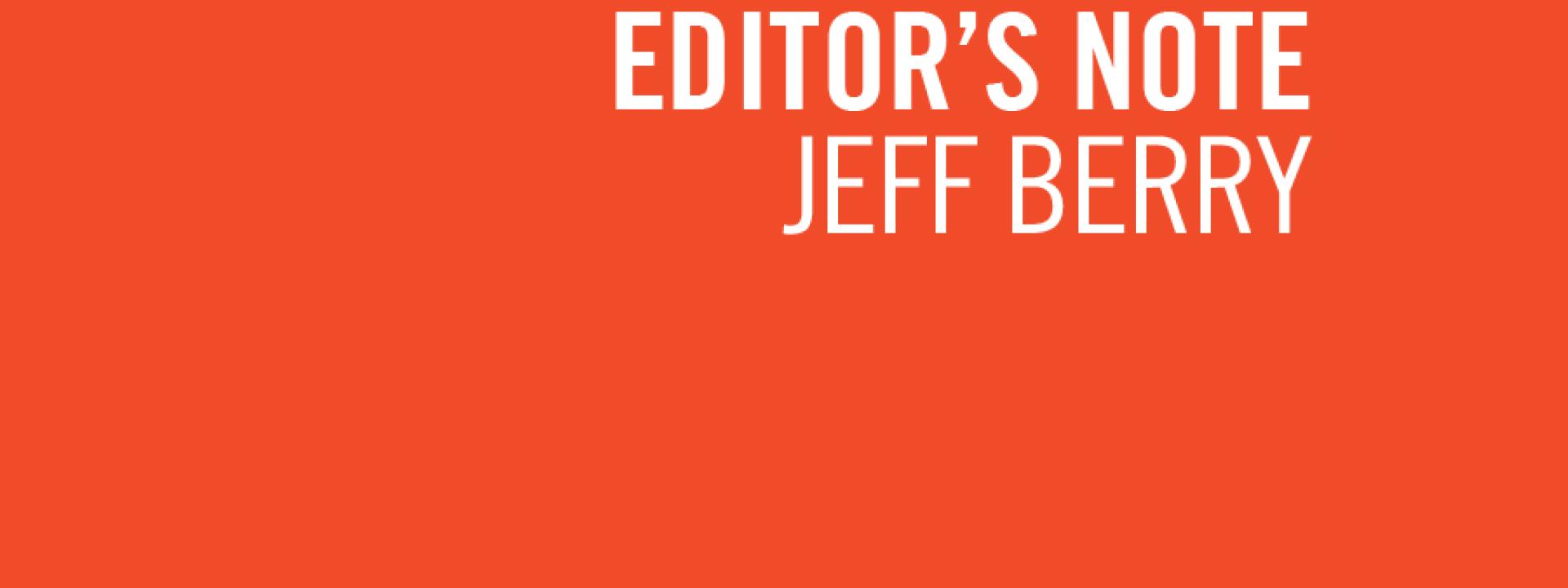A BANNER YEAR
2015 is starting out to be an exciting year in HIV treatment. Two new drugs were just approved in February, with more in development, including new classes of drugs and novel, long-acting injectable formulations. While not nearly as exciting as the 1996 Vancouver conference, when the dawn of protease inhibitors caused a dramatic and profound shift in the HIV/AIDS landscape, it’s encouraging to see that research and development is still being conducted to identify newer and better treatments for those who need them.
It’s hard to stay excited when we’ve developed therapies that work so well and are so tolerable that, frankly, some companies have moved on to other areas of research, such as hepatitis C, where development has been proceeding at a rapid pace—and a cure is attainable! But even in light of all that, an estimated 1.5 million people worldwide still die each year from HIV/AIDS. We need to remain focused and committed to ensuring improved access to these drugs and to basic health care, and demand that drugs are reasonably and affordably priced.
But excited and hopeful we remain, and when you read on you’ll understand why. There are now 37 drugs listed in Positively Aware’s 19th Annual HIV Drug Guide, with another 11 that are either in Phase 2 or 3 of development, covered in a pipeline review article by Tim Horn, our activist for this issue. Melanie Thompson provided the physician commentary for the drugs in this year’s guide. Dr. Thompson also made a few suggestions on how we might want to think about ordering and structuring the drugs in a way that calls attention to those that are recommended, while placing less emphasis on the ones that are rarely or no longer used (see “Getting the Most Out of Your Drug Guide” on page 18). So we took her up on that!
The fact that the very drugs that we were excited about in 1996 are no longer used, and are even considered toxic, is an achievement in itself. But the goal remains the same, to get the virus to undetectable, and to stay there by taking your meds every day, as prescribed. If you’re HIV-negative there are new methods to help you stay that way. So we are including in our online version of this year’s drug guide a page devoted entirely to PrEP, or pre-exposure prophylaxis. We also provide information on how to help pay for PrEP, HIV meds, and other drugs commonly used in HIV in our co-pay and patient assistance charts beginning on page 74.
I learn something every year as we go through the production process for this guide. This year it was side effects of a treatment that a friend is on and has been experiencing, unaware that it could be due to his medication. So I challenge you to learn something new about HIV treatment, whether you’re a provider, a long-term survivor, or someone who is newly diagnosed and considering starting therapy. There is something for everyone in this guide. Some people go straight to the doctor and activist comments for each drug, and that’s all they want to see. Others may only choose to read about the drugs that they are on, or are considering switching to. And there are probably a few who read it from cover to cover—twice!
This is intended as a resource, a tool—use it in the way that suits you best. There is no perfect way, just your way. Make it your guide to successful treatment, so that you can spend the rest of your time getting to those things in your life that truly matter, resting easy knowing that you took the time to empower yourself with the information you need to take care of your body, and your health.
Thanks to so many amazing people who helped us with this year’s guide, including Tim Horn, Melanie Thompson, Joel Gallant, Renata Smith and her team at UIC, Drew Halbur and his team at Walgreens, Jason Lancaster, Chris Knight, John Peller—and most importantly Enid Vázquez and Rick Guasco. I couldn’t do what I do without Enid and Rick; they are the backbone of this publication, and they both make it a joy to come to work each day. Thanks, Vaca and Peanut!
This is the eleventh HIV Drug Guide on which I have served as editor, and I’m blessed to be able to work at an incredible organization that does such great work, to love the people I work with, and to still be able to enjoy what I do and look forward to coming to work each day. Thank you, Universe.
Be good to yourself, and each other.



